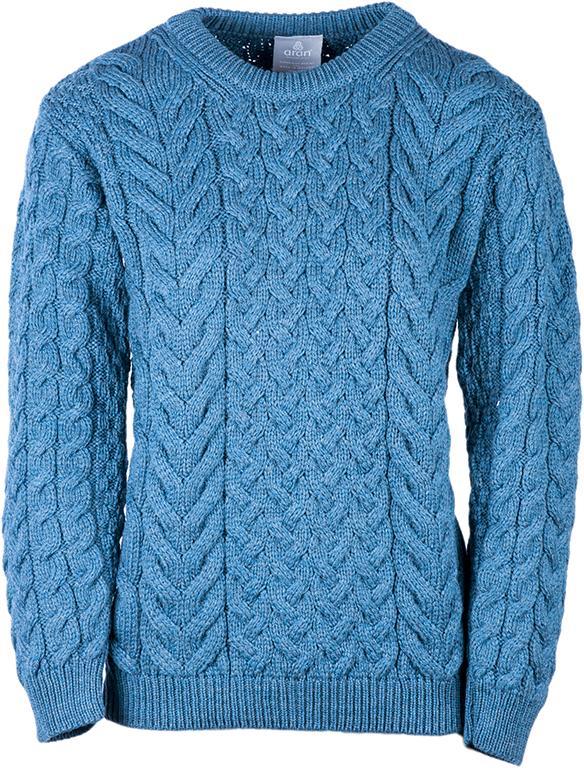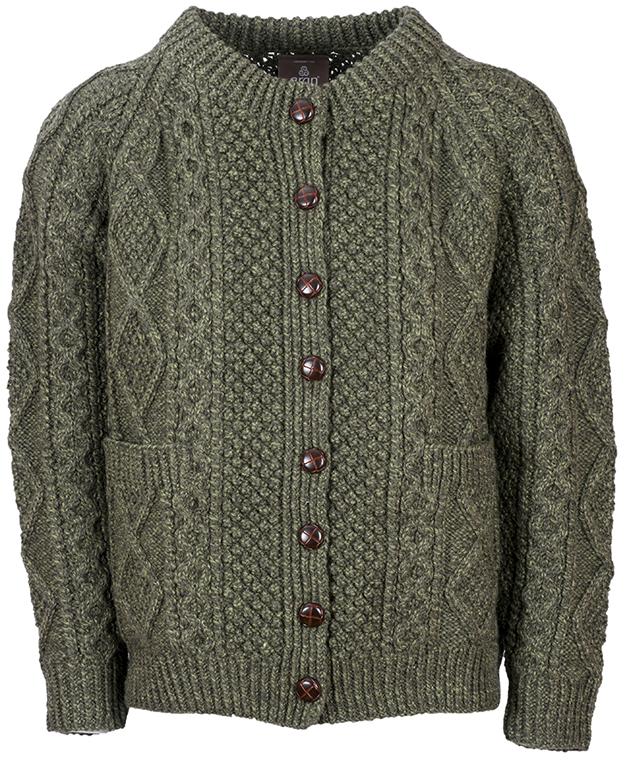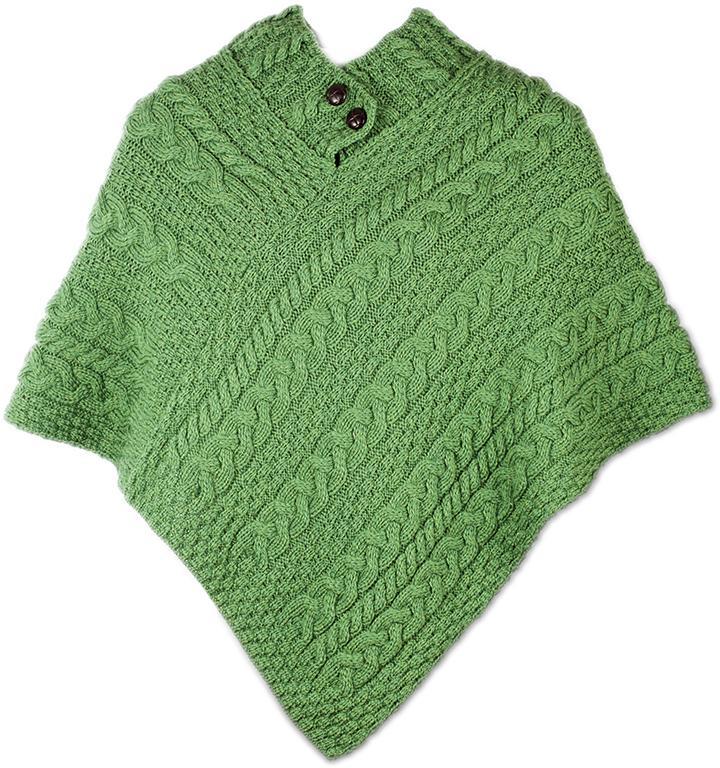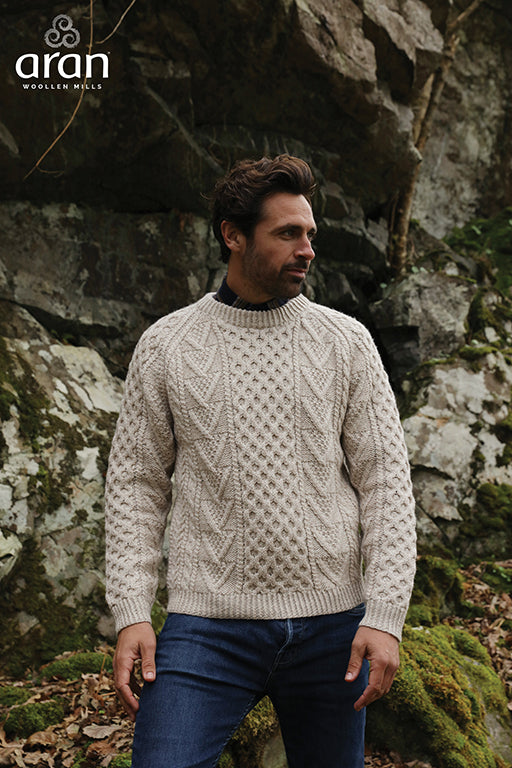As with most of our content, we use our platform to focus on Irish culture and heritage, which is why we are using today to enlighten on famous women in Irish history. While there are ultimately too many to fit into our modest blog, here are 5 women who have made significant and powerful impact in Irish History.
Annie Russell Maunder

We start with Annie Russell Maunder, a classic tale of a highly intelligent academically gifted woman who was snubbed for most of her career. Maunder was born in 1868 in Tyrone and studied at Cambridge where she graduated top mathematician of her year. However, because of the restrictions on women being awarded degrees, she was not given the BA she had achieved.
She was eventually given a job at Greenwich Observatory where she would photograph images of the sun. When Maunder married in 1895, she was forced into retirement as it was not seen fit for married women to work in professional academic environments, but this did not stop her. She continued to study and publish work under her husband’s name, which went on to be some of the most studied works of sunspots to this day.
Today, Maunder is remembered with a crater, Crater Maunder, named after her on the moon. Although met with restrictions during her time of her academic career, Maunder is a perfect example of a woman who didn’t give up and is subsequently a historical figure in Irish and global history.
Jennie Wyse Power

Jennie Power was a well known politician in 20th century Ireland. Born in 1858, Power was a feminist and activist, that was a founder member of Sinn Fein and president of Cumann na mBan.
Originally a worker in a shop, Power used her business as the headquarters of the Irish volunteers in 1919, and the signing of the Proclamation took place here. Because of her backing for the treaty, she was appointed first Seanad, however she used this position of power to fight and campaign for the rights of women.
To her core she was described as an activist, feminist, businesswoman and politician, and undoubtedly contributed to the shaping of what Irish politics looks like today.
Brigid of Kildare

As a figure of legend and Ireland's only female patron saint, as well as the goddess of poetry, healing and smithwork in Celtic myth, Brigid (c 451-523) is hardly unrecognised.
But we'd argue she hasn't always been celebrated for the right things. During the 19th century, she was held up as a symbol of divine femininity, while generations of Irish schoolchildren still associate her with reed crosses. But she was much more than that: a powerful Abbess who offered an alternative to the confines of domestic life to up to 14,000 women, a peaceweaver, a fearless negotiator who secured women's property rights, and freed trafficked women. And she was also reputed to be an expert dairywoman and brewer.
Peg Plunkett

Peg Plunkett (c. 1727–1797) was the Ashley Madison of her day, an Irish brothel-keeper in Dublin who, when she retired and found her former clients were slow to settle their debts, responded – to their horror – by publishing three volumes of memoirs.
Plunkett was brutally attacked during a raid of her brothel by a gang of upper class thugs known as the Pinking Dandies, and successfully took the gang leader, Robert Crosbie, to court. One of the best stories about her concerns the time she was instructed to make way for the monarch while in London. She replied, “I think part of the road was for my use, as well as for that of the King, and if you English are servile and timid, we Irish are not.”










